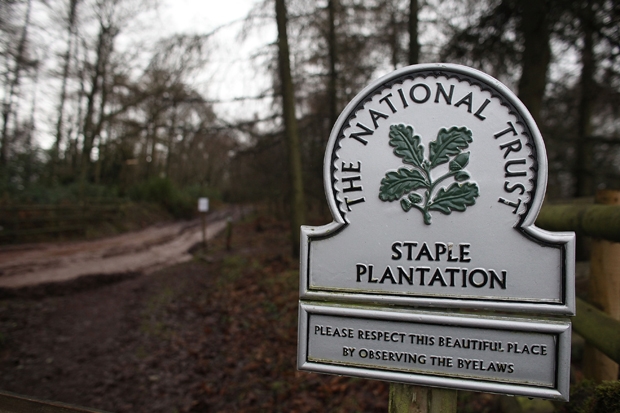Broadhaven Beach in Pembrokeshire was once a sublime combination of the works of nature and man. The broad, deep, sandy bay is flanked by towering limestone cliffs. Two hundred years ago, a stream leading to the sea was dammed by Lord Cawdor, the then owner, to form the Bosherston Lily Ponds.
Enter the National Trust, owners of the estate since 1976. Now the spot where the lakes meet the sea is marked with a bright purple National Trust sign, saying,
Return to the start,
a new path you’ll take
Its rocky in places,
don’t fall in the lake.
Perhaps it’s better in the Welsh translation, also featured on the purple sign. Dear God, I hope it’s more literate.
The sign sums up all that’s terrible about the National Trust — and our libraries, museums and galleries. They are being infantilised by the zealous crusade to make them accessible to people who don’t want to go there.
There are more than four million National Trust members: by far the biggest institution of its kind in the world.

Get Britain's best politics newsletters
Register to get The Spectator's insight and opinion straight to your inbox. You can then read two free articles each week.
Already a subscriber? Log in






Comments
Join the debate for just $5 for 3 months
Be part of the conversation with other Spectator readers by getting your first three months for $5.
UNLOCK ACCESS Just $5 for 3 monthsAlready a subscriber? Log in